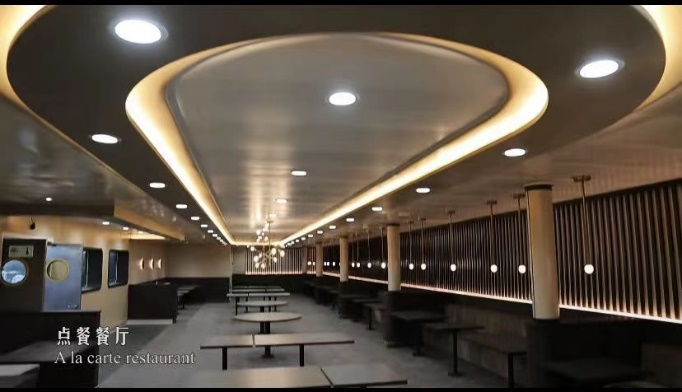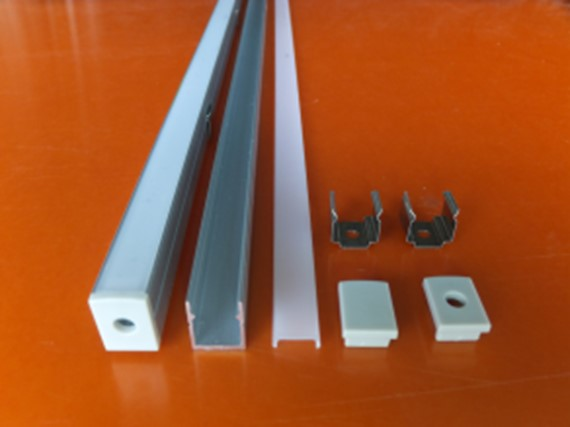Aluminum Linear lights are commonly used fixtures in modern restaurant lighting design, offering continuous linear illumination that adds a contemporary and artistic ambiance to the dining space. When deploying aluminum Linear lighting in a restaurant’s design, the following key points should be considered:
1. Lighting Layering: The lighting in a restaurant shouldn’t be provided by a single light source. In addition to the main lighting and spot lighting, consider using streamline aluminum Linear lights for supplementary illumination to create a layered lighting effect.


2. Light Intensity and Color Temperature: Choose the light intensity and color temperature that is suitable for the restaurant environment. Warm color temperatures (2700K to 3000K) are generally appropriate for dining settings, as they can create a cozy and welcoming atmosphere.
3. Function and Aesthetics: Aluminum Linear lights should meet functional lighting needs while also matching the restaurant’s decor style, integrating design elements to enhance the overall aesthetic.
4. Focus on Key Areas: Aluminum Linear lights can be used for accent lighting, such as highlighting the area above the dining table to enhance the dining experience while avoiding unwanted glare.
5. Avoid Direct Exposure: The placement of aluminum Linear lights should be considered to prevent direct exposure to diners' eyes, reducing discomfort and reflection.
6. Concealed Light Source and Recessed Installation: In designing aluminum Linear lights, consider hiding the light source within structures to create indirect lighting effects, achieving softer and more continuous illumination.
7. Dimming Capability: Incorporate dimmable aluminum profile lights to adjust brightness according to different occasions and dining atmospheres, adding flexibility and variety to lighting.
8. Safety and Durability: Select aluminum Linear lights that meet safety standards and ensure their durability and ease of maintenance, especially in commercial restaurant settings.
By applying these lighting design principles, not only can the lighting needs of a restaurant be met, but the overall design quality and comfort can be enhanced, offering guests a pleasant dining experience.
Post time: Jan-16-2024









